Garber was born on April 11, 1880 in Indiana. At 16 he started his art education at the Art Academy of Cincinnati, then the Pennsylvania Academy of Fine Art, where he met his wife, artist Mary Franklin. Garber and his wife traveled to Europe to finish their education. Then on the advice of a friend they settled down in Cuttalossa PA, a few miles up the Delaware River from New Hope where he became a member of the New Hope Art Colony.
In Europe he was inspired by Camille Pissaro and Claude Monet. Garber used this influence to develop his own style of high key, bright colors to depict scenes around the Delaware River with highly structured compositions and well structured trees. Garber taught painting at the Philadelphia School of Design for Women and then taught at the Pennsylvania School of Fine Art for 41 years.
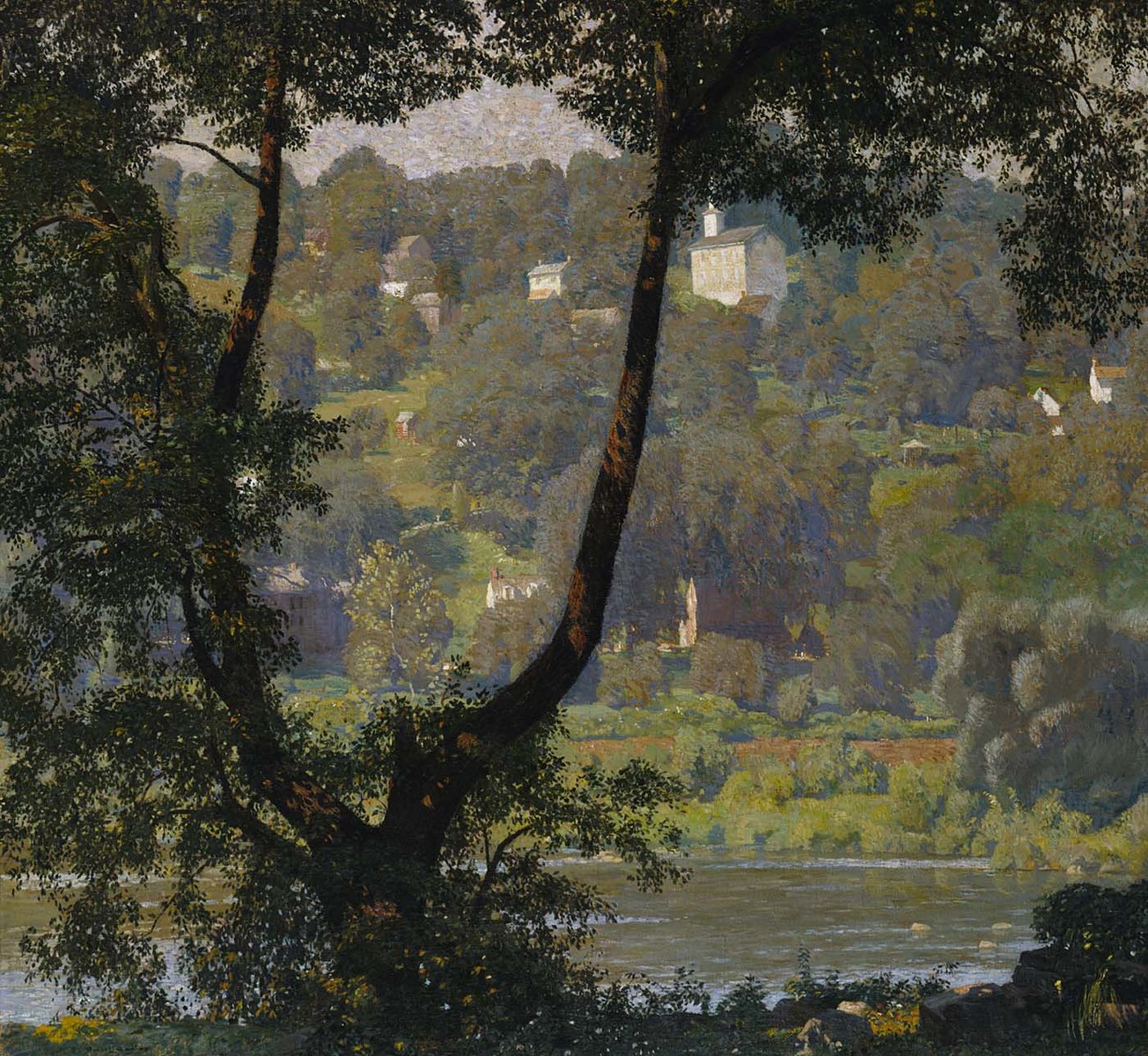
Click image to enlarge
Garber’s work is represented by many Museum including the Metropolitan Museum of Art, and his 33 painting awards include the National Academy of Design Hallgarten Award. Garber died on July 5, 1958 when he fell off a ladder on his farm in Cuttaloosa, PA.
Pennsylvania Impressionism contains “Daniel Garber’s luminous, poetic renditions of the Delaware River”. Another choice that pairs well with “Pennsylvania Impressionism” is this book on Edward W. Redfield. Edward W Redfield: Just Values and Fine Seeing. I highly recommend both books for your library.
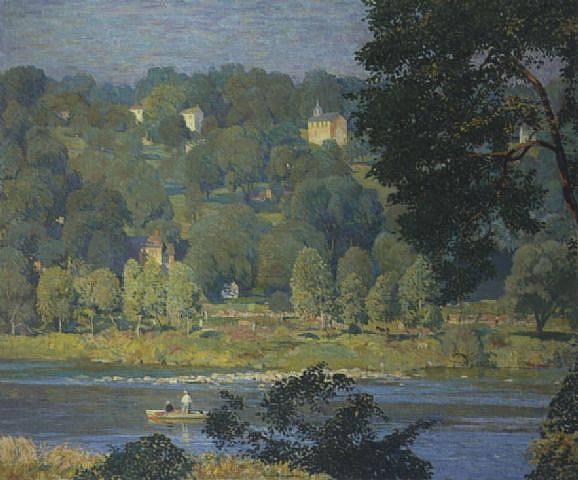
Click image to enlarge
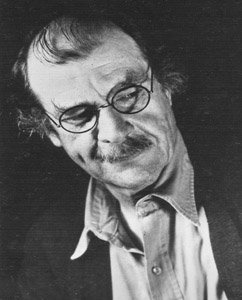 Armin Hansen received his first instruction from his father, Herman
Armin Hansen received his first instruction from his father, Herman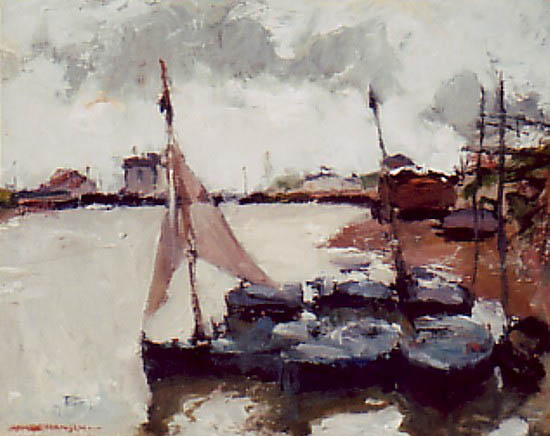 Wendelborg Hansen,1854 – 1924, the famous painter of the Old West and
Wendelborg Hansen,1854 – 1924, the famous painter of the Old West and
frontier life. The younger Hansen later studied at Mark Hopkins Institute under
Arthur Mathews (1903-06), followed by two years in Stuttgart, Germany at theRoyal Academy under Carlos Grethe. After visiting the art centers of Paris, Munich, Holland, and Belgium, Hansen signed on as deckhand to a Norwegian steam trawler, the first of many boats which he would crew during the next four years. Upon returning to San Francisco in 1912, he taught at UC Berkeley and the California School of Fine Arts. He settled in Monterey in 1913 and taught private classes and wasinstrumental in forming the Carmel Art Institute.Hansen maintained a studio-home at 716 Pacific Street until building a home next door to artist Julian Greenwell on El Dorado Street. He lived there until his death on April 23, 1957.


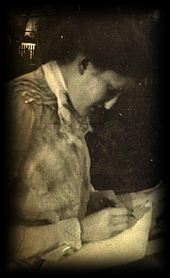
Born in Hartford, Conn. in 1881, she started her art training at Hartford Art School in 1889, she attended William Merritt Chase’s Summer School in Tory Island and ended up at the Museum of Fine Arts in Boston. She studied With Edmund Tarbell and married Philip Hale in 1902, a faculty member at the school. Philip, 15 years her senior and a well known and established artist gave Lilian a lot of support. In 1908 she held her first solo show and sold out, even before it opened. Known for her composition, Lilian showed at the Grand Central Galleries in New York and was awarded a bronze medal in the Buenos Aires International Exhibition in 1910, a gold medal and medal of honor for drawing in the Panama-Pacific Exposition in 1915 and prizes from the National Academy of Design.
After her daughter was born in 1908, most of Lilian’s work revolved around motherhood and the interors and garden of her home. In 1931 she was accepted as a National Academician it was also the same year that Philip died. Lilian never quite recovered artistically following his death, she continued to enjoyed work on portraits of her family. In 1955 she moved to Virginia to be close to her daughter and spent her summers in Rockport, Mass. She died unexpectedly in 1963.
 Isaac Levitan
Isaac Levitan was a Russian artist born in 1860 in a poor but educated family, he taught german and french early on until he enrolled in the Moscow School of Painting and Architecture. During this time he painted scenery for the Opera and developed a long close friendship with the author Anton Chekhov.
was a Russian artist born in 1860 in a poor but educated family, he taught german and french early on until he enrolled in the Moscow School of Painting and Architecture. During this time he painted scenery for the Opera and developed a long close friendship with the author Anton Chekhov.
Levitan did not paint 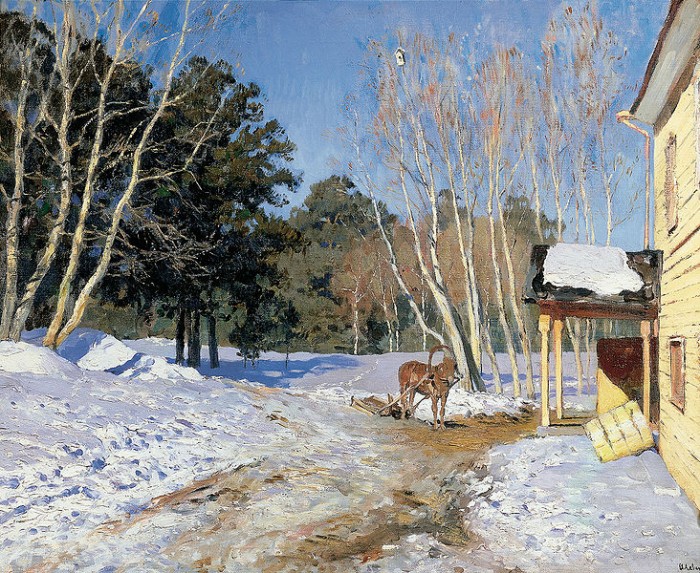 many urban landscapes, most were pastoral. They had a romantic quiet mood, void of people. He was influended by Camille Corot and the French Barbizon School. Although his later work shows influence of the French impressionists his palette was Continue Reading
many urban landscapes, most were pastoral. They had a romantic quiet mood, void of people. He was influended by Camille Corot and the French Barbizon School. Although his later work shows influence of the French impressionists his palette was Continue Reading
 Isaac Levitan
Isaac Levitan was a Russian artist born in 1860 in a poor but educated family, he taught german and french early on until he enrolled in the Moscow School of Painting and Architecture. During this time he painted scenery for the Opera and developed a long close friendship with the author Anton Chekhov.
was a Russian artist born in 1860 in a poor but educated family, he taught german and french early on until he enrolled in the Moscow School of Painting and Architecture. During this time he painted scenery for the Opera and developed a long close friendship with the author Anton Chekhov.
Levitan did not paint  many urban landscapes, most were pastoral. They had a romantic quiet mood, void of people. He was influended by Camille Corot and the French Barbizon School. Although his later work shows influence of the French impressionists his palette was Continue Reading
many urban landscapes, most were pastoral. They had a romantic quiet mood, void of people. He was influended by Camille Corot and the French Barbizon School. Although his later work shows influence of the French impressionists his palette was Continue Reading
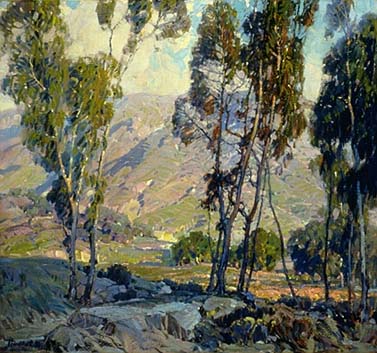 Hanson Puthoff
Hanson Puthoff had a long career as a painter in Southern California. After art training at the Chicago Art Institute, the Denver School of Fine Art and the Chicago Academy of Fine Art he worked as a mural painter in Peoria, Illinois and was also a sign painter in Denver. In 1903 he arrived in Los Angeles and worked as a theater scene painter and painting billboards as well as teaching private art classes. In 1926 he started painting full time and is known for his ability for capturing the atmosphere and light in the Southern California landscape. He also spent time with Edgar Payne painting the desert of Navajo counry in Arizona.
had a long career as a painter in Southern California. After art training at the Chicago Art Institute, the Denver School of Fine Art and the Chicago Academy of Fine Art he worked as a mural painter in Peoria, Illinois and was also a sign painter in Denver. In 1903 he arrived in Los Angeles and worked as a theater scene painter and painting billboards as well as teaching private art classes. In 1926 he started painting full time and is known for his ability for capturing the atmosphere and light in the Southern California landscape. He also spent time with Edgar Payne painting the desert of Navajo counry in Arizona.
Hanson was an important figure in the Southern California art scene. He helped form the Continue Reading
 Hanson Puthoff
Hanson Puthoff had a long career as a painter in Southern California. After art training at the Chicago Art Institute, the Denver School of Fine Art and the Chicago Academy of Fine Art he worked as a mural painter in Peoria, Illinois and was also a sign painter in Denver. In 1903 he arrived in Los Angeles and worked as a theater scene painter and painting billboards as well as teaching private art classes. In 1926 he started painting full time and is known for his ability for capturing the atmosphere and light in the Southern California landscape. He also spent time with Edgar Payne painting the desert of Navajo counry in Arizona.
had a long career as a painter in Southern California. After art training at the Chicago Art Institute, the Denver School of Fine Art and the Chicago Academy of Fine Art he worked as a mural painter in Peoria, Illinois and was also a sign painter in Denver. In 1903 he arrived in Los Angeles and worked as a theater scene painter and painting billboards as well as teaching private art classes. In 1926 he started painting full time and is known for his ability for capturing the atmosphere and light in the Southern California landscape. He also spent time with Edgar Payne painting the desert of Navajo counry in Arizona.
Hanson was an important figure in the Southern California art scene. He helped form the Continue Reading
 While living in Chicago I spent a lot of time at the Art Institute where they had a good collection of French impressionists. As a young art student the artist that caught my eye the most was Alfred Sisley. While his work was smaller than the other impressionists and less dramatic his brushwork was quick and sure and the light in his work held everything together. Sisley is probably the least regarded of the impressionists.
While living in Chicago I spent a lot of time at the Art Institute where they had a good collection of French impressionists. As a young art student the artist that caught my eye the most was Alfred Sisley. While his work was smaller than the other impressionists and less dramatic his brushwork was quick and sure and the light in his work held everything together. Sisley is probably the least regarded of the impressionists.
Very little is know of his personal life. Renoir gives us brief comments on him in his letters but very few letters or phoographs of Sisley survive that tell us much about him. Sisley traveled very little. He didn’t have the ambition of Monet or Pissaro’s vision and intellect. He wasn’t even French. His parents were English and moved to Paris before Alfred was born.
Still, Sisley produced some of the finest landscapes in to 19th century and was a major factor in the Continue Reading
 I went to see the Maynard Dixon show when it was at the Tucson Museum of Art. I was really struck by the simplicity and accuracy of his graphite and chalk drawings. He seemed very confident of his lines. The lack of Continue Reading
I went to see the Maynard Dixon show when it was at the Tucson Museum of Art. I was really struck by the simplicity and accuracy of his graphite and chalk drawings. He seemed very confident of his lines. The lack of Continue Reading
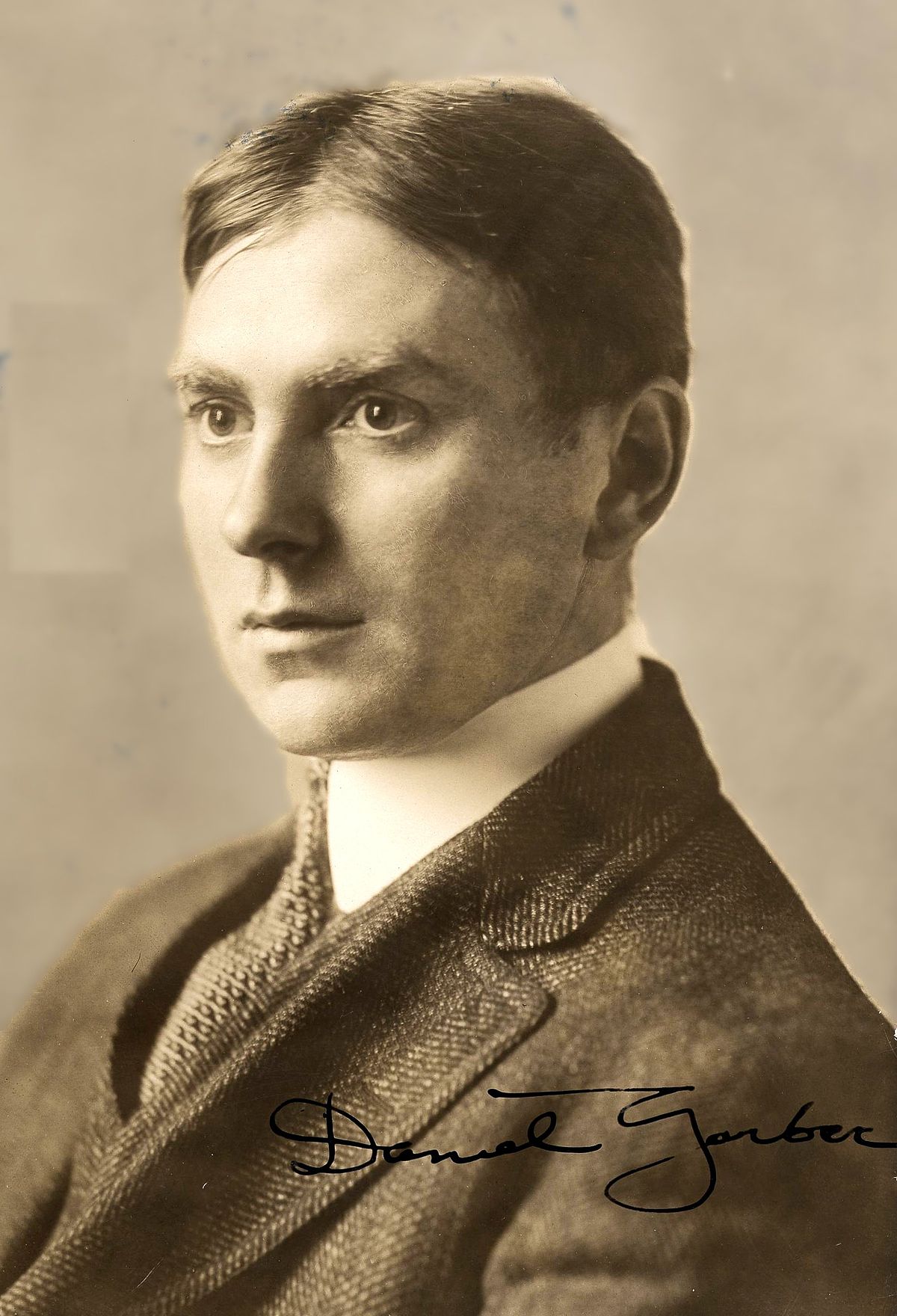



 E Martin Hennings was born in Pennsgrove, NJ. His father, a skilled craftsman, encouraged his interest in art and after
E Martin Hennings was born in Pennsgrove, NJ. His father, a skilled craftsman, encouraged his interest in art and after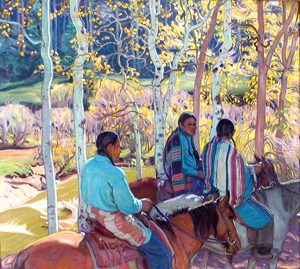 attending the Pennsylvania Academy and the Art Institute of Chicago. He also studied in Munich, Germany. With the start of WWI, Hennings returned to Chicago where an art patron sponsored him to paint and travel in the Southwest. During this trip Hennings discovered Taos and the beautiful subject matter that held his interest for the rest of his life. He also found two friends from his Munich days in Taos — Walter Ufer and Victor Higgins. Together they helped form the Taos Society of Artists which also included Joseph Sharp, E.I. Couse, Oscar Berninghaus, Ernest Blumenschein, Bert Phillips and Herbert Dunton. Hennings’ paintings are carefully designed compositions with lyrical patterns of shape and color. While his technique is somewhat stylized hispaintings are beautiful representations of the luminous light and color in Northern New Mexico.
attending the Pennsylvania Academy and the Art Institute of Chicago. He also studied in Munich, Germany. With the start of WWI, Hennings returned to Chicago where an art patron sponsored him to paint and travel in the Southwest. During this trip Hennings discovered Taos and the beautiful subject matter that held his interest for the rest of his life. He also found two friends from his Munich days in Taos — Walter Ufer and Victor Higgins. Together they helped form the Taos Society of Artists which also included Joseph Sharp, E.I. Couse, Oscar Berninghaus, Ernest Blumenschein, Bert Phillips and Herbert Dunton. Hennings’ paintings are carefully designed compositions with lyrical patterns of shape and color. While his technique is somewhat stylized hispaintings are beautiful representations of the luminous light and color in Northern New Mexico.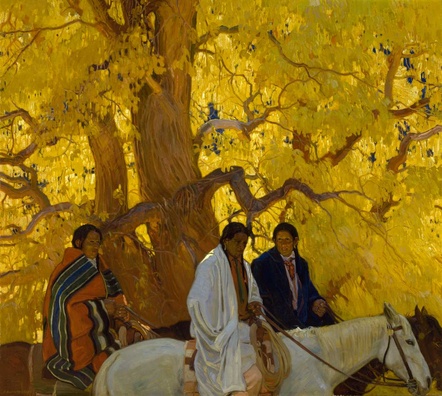
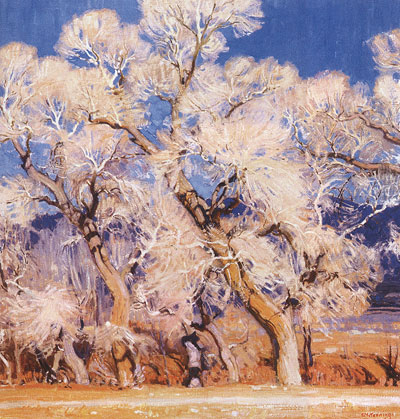
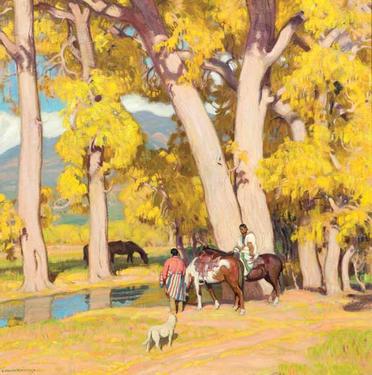
 Armin Hansen received his first instruction from his father, Herman
Armin Hansen received his first instruction from his father, Herman Wendelborg Hansen,1854 – 1924, the famous painter of the Old West and
Wendelborg Hansen,1854 – 1924, the famous painter of the Old West and



 was a Russian artist born in 1860 in a poor but educated family, he taught german and french early on until he enrolled in the Moscow School of Painting and Architecture. During this time he painted scenery for the Opera and developed a long close friendship with the author Anton Chekhov.
was a Russian artist born in 1860 in a poor but educated family, he taught german and french early on until he enrolled in the Moscow School of Painting and Architecture. During this time he painted scenery for the Opera and developed a long close friendship with the author Anton Chekhov.  many urban landscapes, most were pastoral. They had a romantic quiet mood,
many urban landscapes, most were pastoral. They had a romantic quiet mood, 
 While living in Chicago I spent a lot of time at the Art Institute where they had a good collection of French impressionists. As a young art student the artist that caught my eye the most was Alfred Sisley. While his work was smaller than the other impressionists and less dramatic his brushwork was quick and sure and the light in his work held everything together. Sisley is probably the least regarded of the impressionists.
While living in Chicago I spent a lot of time at the Art Institute where they had a good collection of French impressionists. As a young art student the artist that caught my eye the most was Alfred Sisley. While his work was smaller than the other impressionists and less dramatic his brushwork was quick and sure and the light in his work held everything together. Sisley is probably the least regarded of the impressionists. I went to see the Maynard Dixon show when it was at the Tucson Museum of Art. I was really struck by the simplicity and accuracy of his graphite and chalk drawings. He seemed very confident of his lines. The lack of
I went to see the Maynard Dixon show when it was at the Tucson Museum of Art. I was really struck by the simplicity and accuracy of his graphite and chalk drawings. He seemed very confident of his lines. The lack of